Plants at Shiseido Forest Valley
Get to know the plants
Philodendron selloum (Tree Philodendron)
This terrestrial aroid exhibits an upright growing form, hence its common name. However, it can use its aerial roots to climb up other plants as it reaches for sunlight. Its most noticeable feature is its large, glossy, deeply lobed leaves, which can grow up to a metre in length.
The generic name (Philodendron) when translated from Greek, means “loving tree” (philo = loving, and dendron = “tree”). This is with reference to the way many plants in this genus appear to hug a tree as it climbs up the trunk.
Can be found at Shiseido Forest Valley, North Canyon (Level 1)
Piper sarmentosum (Wild Pepper)
Wild pepper is commonly planted as groundcover due to its tight growing form. It is also used in many traditional Southeast Asian dishes such as nasi ulam (a Malay rice dish) and miang kham (a Thai snack), imparting a light peppery taste. This is no wonder as it comes from the same genus as the culinary pepper plant, Piper nigrum (black pepper).
Can be found at Shiseido Forest Valley and Canopy Park (Grown as ground cover)
Licuala grandis (Ruffled fan palm)
This beautiful palm has a solitary stem topped by circular, pleated leaves that resemble fans. Each leaf has curved teeth at the base of each stem.
Its single-seeded fruits are round and marble-like, and grow on long, drooping stalks. The fruits turn from green to red as they ripen. While not edible to humans, these fruits are favoured by animals like birds and bats.
Can be found at Shiseido Forest Valley, East Trail (Level 1)
Monstera deliciosa (Swiss Cheese Plant)
This climber is well-loved for its large perforated, heart-shaped leaves which give it its common name. Its Latin specific epithet, deliciosa, describes its large, edible fruit; it is said to taste like a mixture of fruits ranging from bananas, passionfruit, mango, and pineapple. The fruit should only be eaten when fully ripe, as unripe fruits contain oxalate crystals that cause inflammation in the mouth and throat.
Can be found at Shiseido Forest Valley, East Trail (Level 2 and 3)
Terminalia mantaly (Madagascar almond)
This deciduous tree has a distinct, layered branching form and bears small leaves. Its uniform, pagoda-like shape makes it a popular choice as an ornamental tree. The generic name has its roots in the Latin word “terminalis” (ending) and refers to the way its leaves are clustered at the end of the shoots.
Can be found at Shiseido Forest Valley, Level 1
Dicksonia antarctica (Soft tree fern)
This large, evergreen tree fern is endemic to Australia, meaning that it does not occur naturally anywhere else in the world. The generic name, Dicksonia, honours James Dickson, a Scottish plant collector and botanist who contributed much to the study of plants. The center of the trunk (the pith) is rich in starch and was once a source of food for Tasmanian Aborigines.
Can be found at Shiseido Forest Valley, Level 1
Clerodendrum Thomsoniae (Bleeding-heart Vine)
Usually grown as an ornamental, this climbing vine produces white and red/pink petals with long white stamens. It also is known to have medicinal properties, with various plant parts having compounds that are used to treat diseases such as asthma, jaundice, typhoid, and hypertension.
Can be found at Shiseido Forest Valley, along the bridges of West Trail
Goeppertia Loeseneri (Brazilian Calathea; Star Calathea)
The Brazilian Calathea is an evergreen shrub that can grow up to 1.5 metres in height. It has green oval-shaped leaves that have a light-green midrib. The leaves are held erect by a long leaf stalk. The leaves display an interesting habit: they fold together at night and unfold in the morning. The Brazilian Calathea also bears large, white star-shaped flowers. These grow from long stalks that allow them to stand tall above the foliage.
Can be found at Shiseido Forest Valley, along East Trail
Alpinia Purpurata (Red Ginger)
The Red Ginger is a tall, upright evergreen plant belonging to the large family Zingiberaceae. It is known for its bright red inflorescence that is borne on the end of stalks. The inflorescence comprises of a compact arrangement of overlapping bracts that resembles a cone.
This showy feature contrasts against the deep green leaves, making this a popular ornamental plant in any tropical-theme garden.
Can be found at Shiseido Forest Valley, along the West Trail (Level 4)
Saribus Rotundifolius (Footstool Palm, Fan Palm)
A tall palm that can reach 45 metres in height, it is cultivated for its ornamental value. The upper parts of its smooth trunk are usually covered in stringy fibres left over from old leaves.
In the Philippines, this palm is known as “anahaw” and it is often referred to as its ‘national’ leaf.
Can be found at East Trail, between L1 and L2 (next to Skytrain track
Alsophila Latebrosa (Tree Fern)
A slender tree fern that has an upright trunk of 3 to 4 metres tall and bearing feathery fronds near the top. They have a lighter colouration underneath and form a sparse, feathery crown. Its stipes (‘leaf stalk’) are reddish-brown and bears some scales near its base.
This is the largest native fern in Singapore and wild specimens can still be found growing in our nature reserves.
Can be found at Shiseido Forest Valley, Level 1
Alpinia Zerumbet ‘Variegata’ (Variegated Shell Ginger)
This plant belongs to the ginger family. This variegated variety features white stripes along its leaves. It is cultivated throughout Southeast Asia as an ornamental plant as well as for its medicinal properties – leaves can be made into a decoction to be used in a bath to sooth fevers, and its rhizome can be used to treat a wide range of digestive disorders.
Can be found at Shiseido Forest Valley, East Trail Level 4
Alocasia Macrorrhizos (Giant Taro, Elephant’s Ear)
This evergreen plant is grown mainly as an ornament for its dramatic, gigantic glossy green leaves. Truly a giant in the Araceae family, its leaves can grow up to 2 metres in length and 1.2 metres in width. Its corm can be eaten as a source of starch after careful preparation to get rid of its toxic sap.
Can be founf at Shiseido Forest Valley, East Trail Level 2 (near the Cataract Falls)
Heptapleurum Actinophylla (Umbrella Tree, Octopus Tree)
An evergreen tree that can grow up to 15 metres tall. It grows in a group of seven leaflets with a palmate arrangement, resembling small umbrellas which gives its common name, the “Umbrella Tree”.
Heptapleurum actinophylla can produce up to 1000 flowers that generate large amount of nectar which attract nectar-eating birds that pollinate them. Its flowers rise in long, reddish arms, resembling the tentacles of an octopus which gives it its other common name, ‘Octopus Tree’.
Can be found at South Gateway, Level 2 Look Out
Phyllostachys Nigra (Black Bamboo)
This is a large and elegant evergreen bamboo with arching canes that could grow up to 7 metres tall. As its specific epithet, nigra, suggests, the bamboo canes turn from green to blackish-brown as they mature.
Black bamboo is also known for its extremely fast-growing characteristic. As such, this bamboo is usually planted in spacious areas which allow it to spread.
As black bamboo retains its beautiful dark tone when it dries, it is also used as a decorative wood or for culinary applications, such as chopsticks.
Can be found at East Canyon, Level 1 (next to Lift Lobby H)
Pinanga Coronata (Ivory Cane Palm)
This cluster palm which grows in a clump and not singly, reaches up to 10 metres in height and has attractive bright red to blackish fruits that are borne on stalks.
This palm is also easy to care for, making it a very suitable home plant that can thrive indoors or outdoors. Many also use it for screening, as it helps to soften urban space..
Can be found at West Canyon, Level 1 (next to Lift Lobby F)
Rhopaloblaste Ceramica (Majestic Palm)
Rhopaloblaste ceramica is the largest of all the species in the genus and is easily distinguished by its large asymmetrical fruits.
A very tall and solitary palm (grows singly and not in clumps) that grows up to 35 metres in height. The stem is used to make arrow heads and floorboards in houses. Small saplings also make good indoor potted plants.
Can be found at West Canyon, Level 1 (next to Lift Lobby F)
Bentinckia Nicobarica (Nicobar Palm)
This palm belongs to the family, Arecaeae, and is endemic to the Nicobar Islands in the Bay of Bengal.
This elegant solitary palm (grows singly and not in clumps) can grow about 20 metres tall with a stem girth of up to 25 centimetres. It has arched pinnate leaves and a light green crown shaft. The local islanders use the stem in the construction of houses and fences.
Can be found at West Canyon, Level 1 (next to Lift Lobby F)
Ptychosperma Macarthurii (Macarthur Palm)
This palm grows in thick clumps and bears bright red fruits favoured by birds. This palm is named after Sir William Macarthur (1800 - 1882), one of Australia's most prolific and influential horticulturalists in the mid-to-late 19th Century.
Ptychosperma macarthurii is a widely grown and popular palm species. It produces bright-red fruits which are dispersed by both native and alien birds.
Can be found at West Canyon, Level 1 (next to Lift Lobby F)


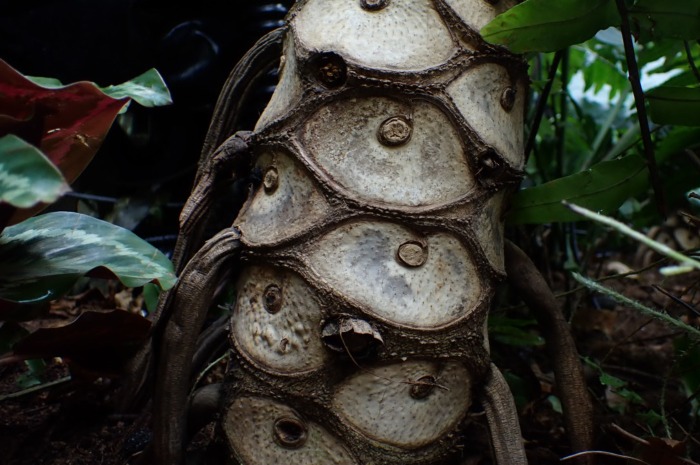
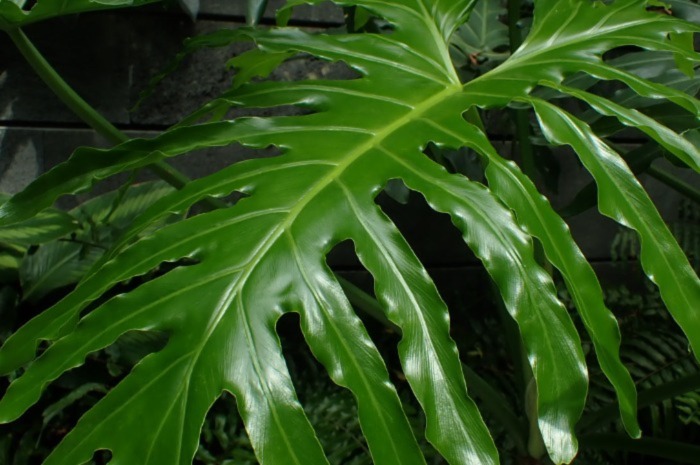
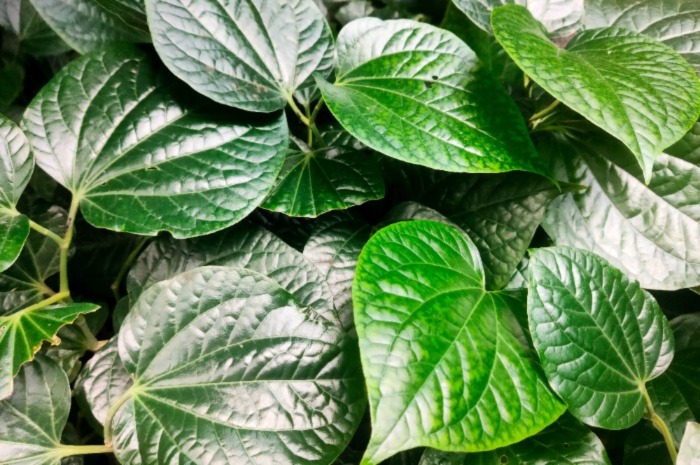
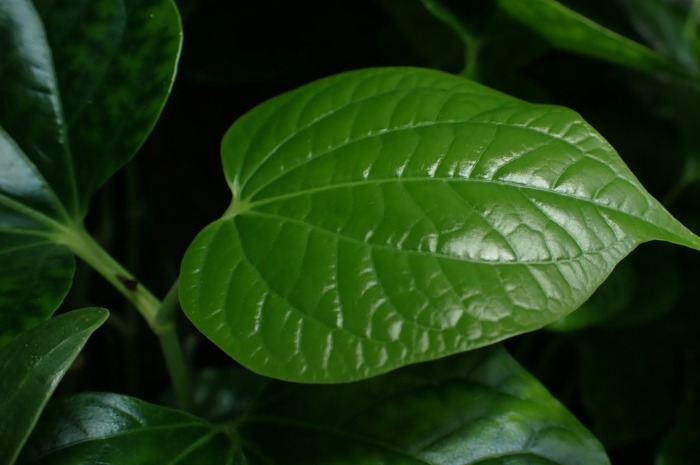
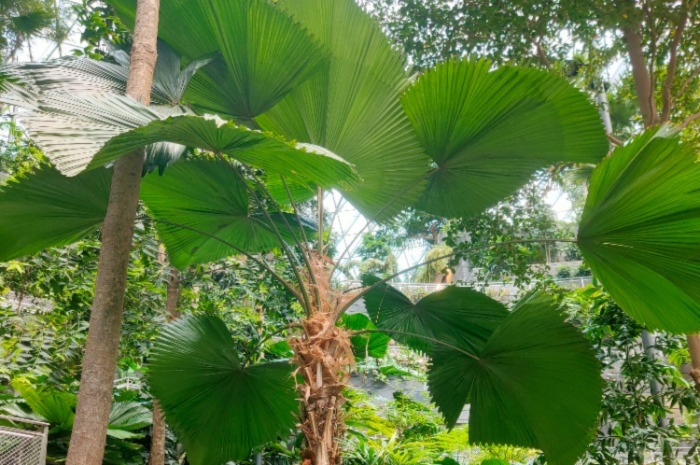
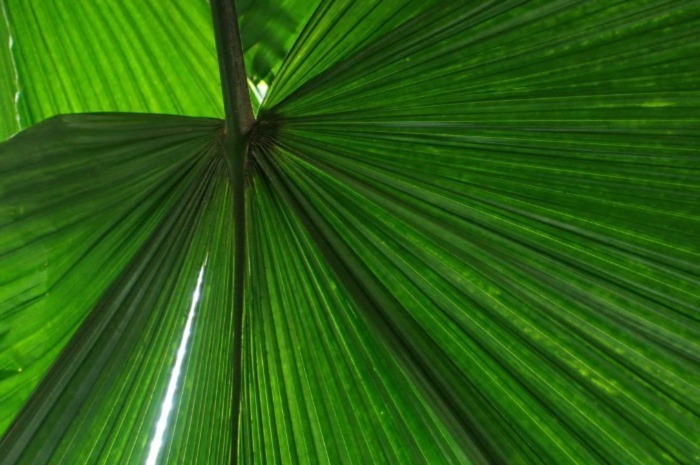
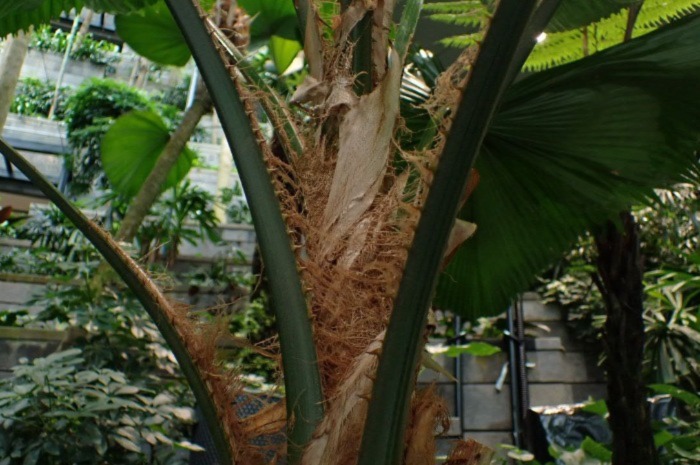
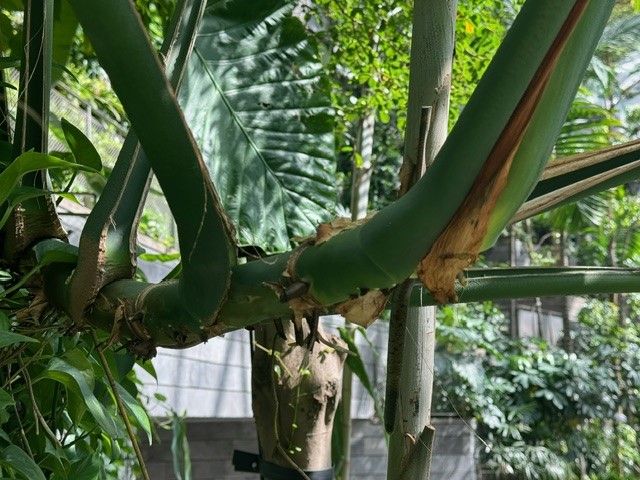
.jpg)
.jpg)
.jpg)
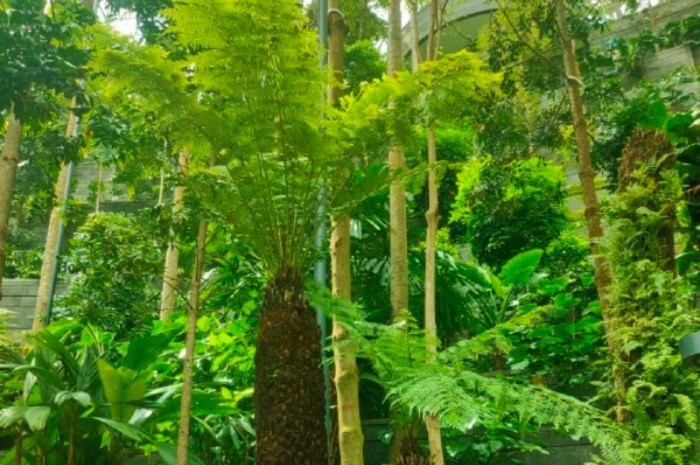
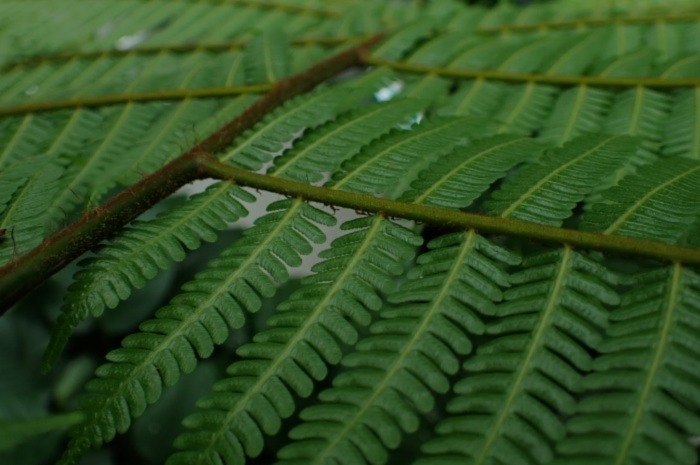
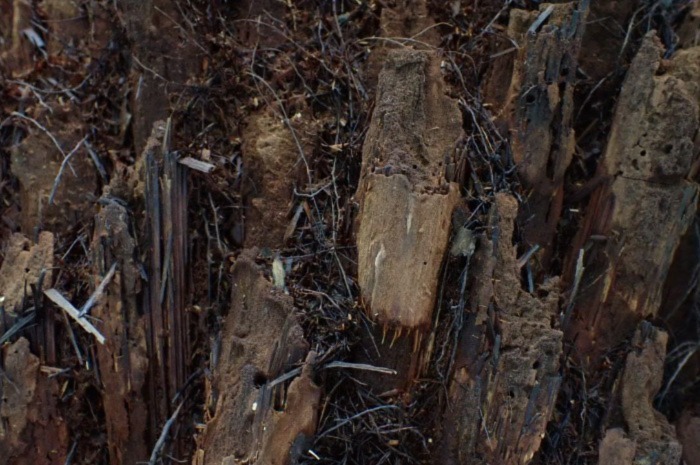
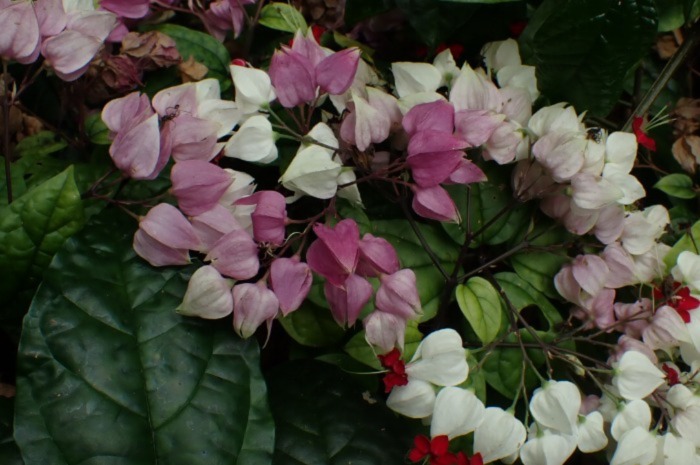
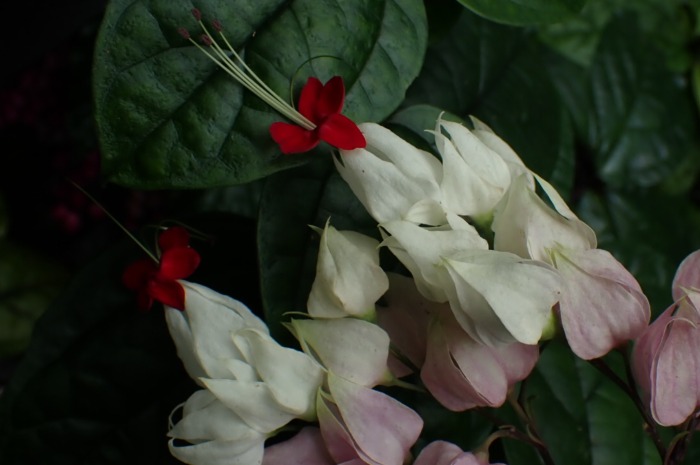
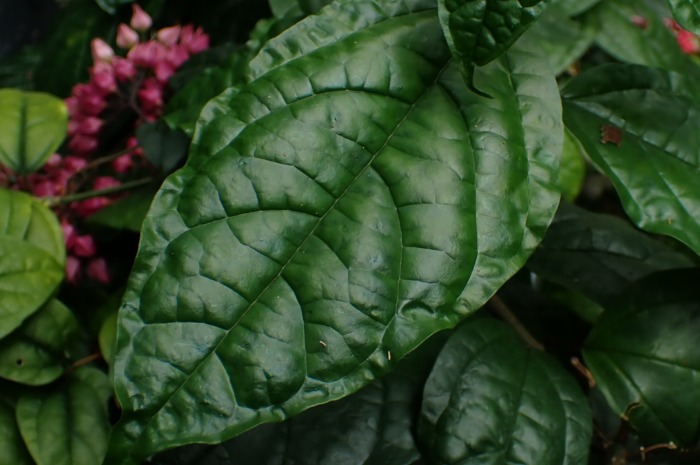
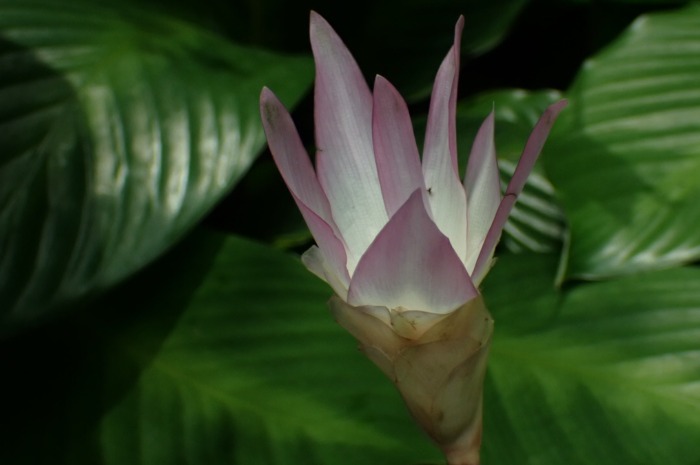
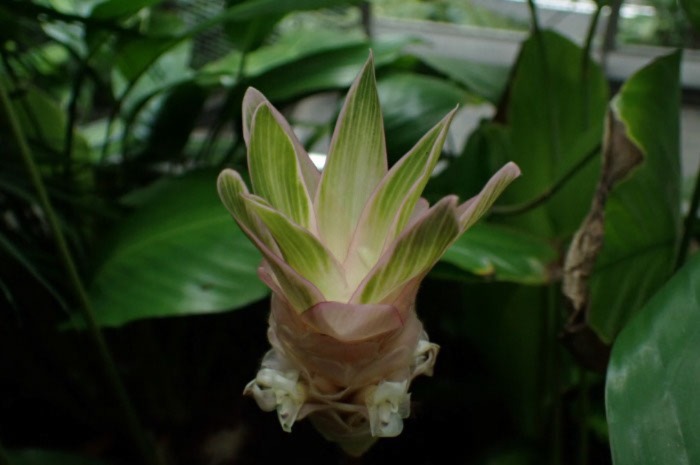
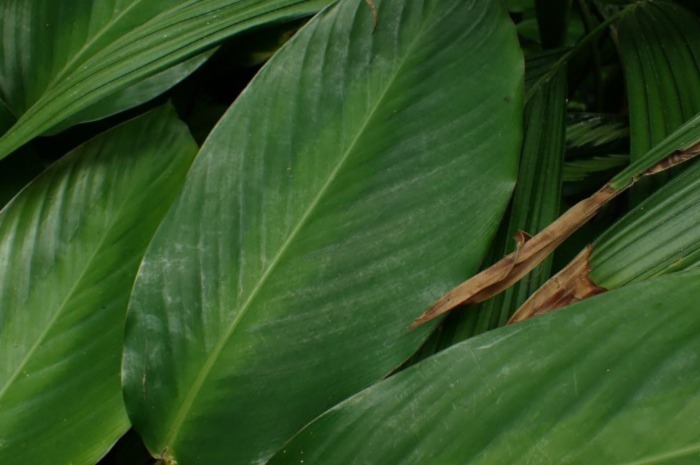
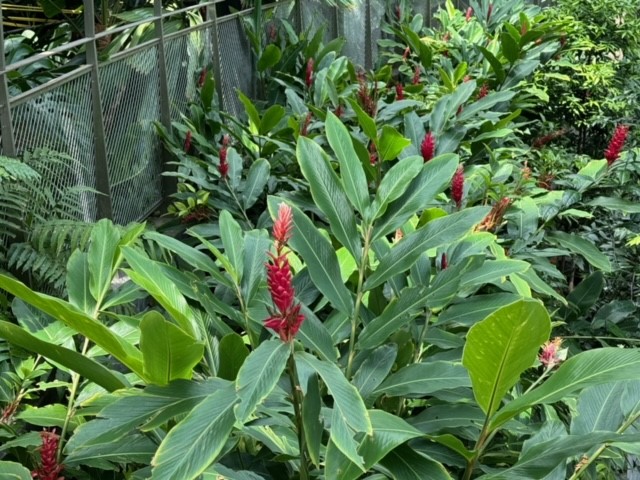
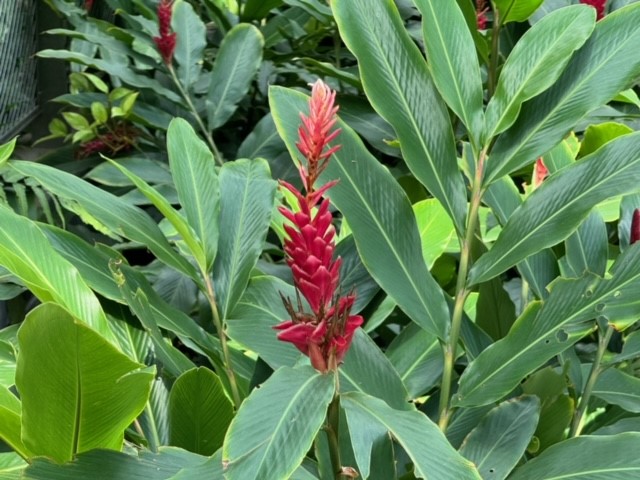
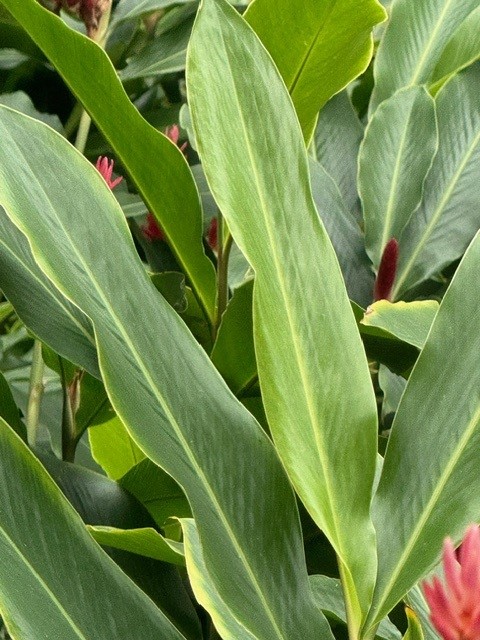
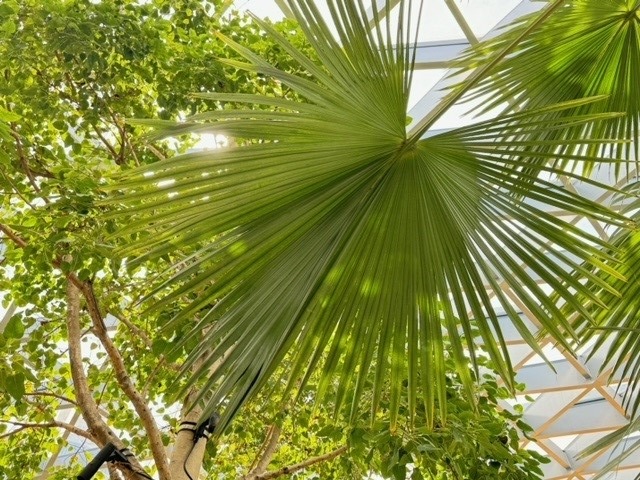
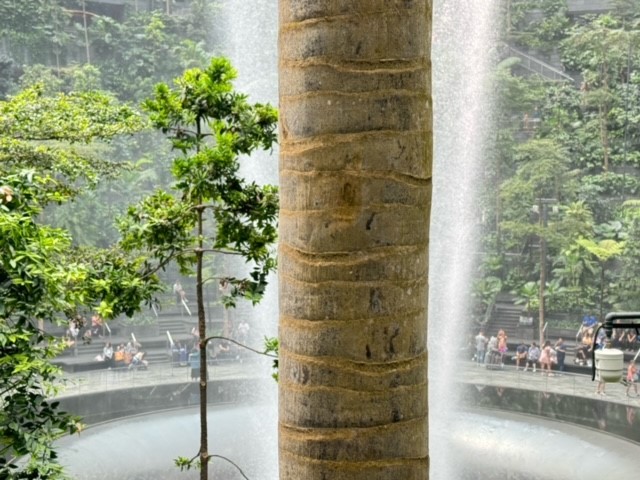
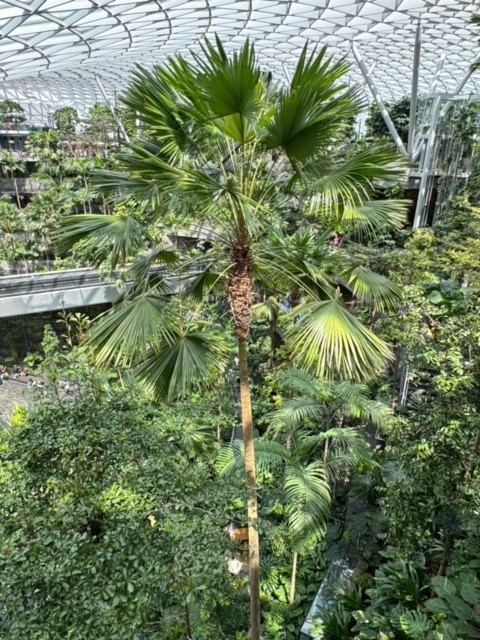
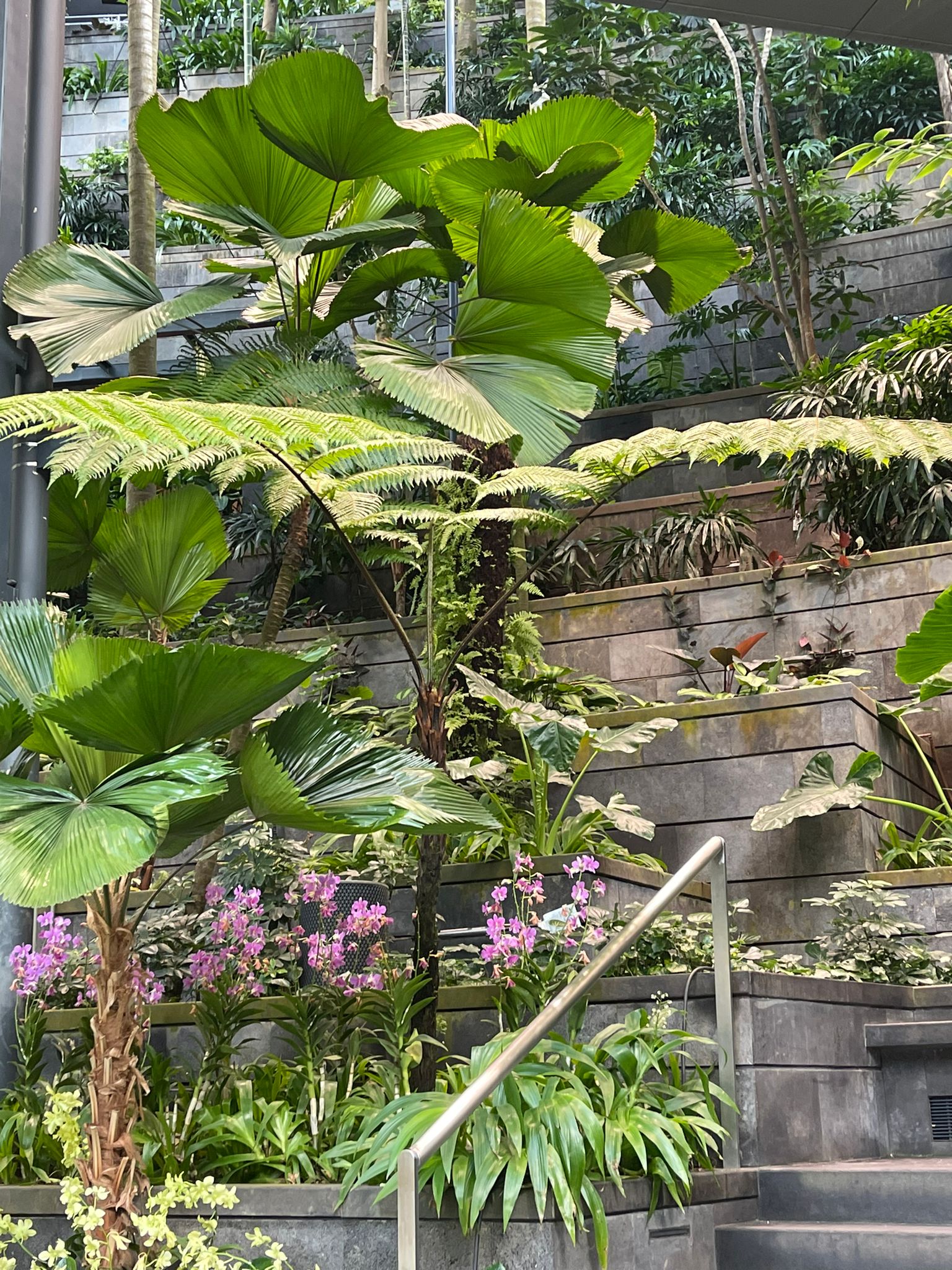
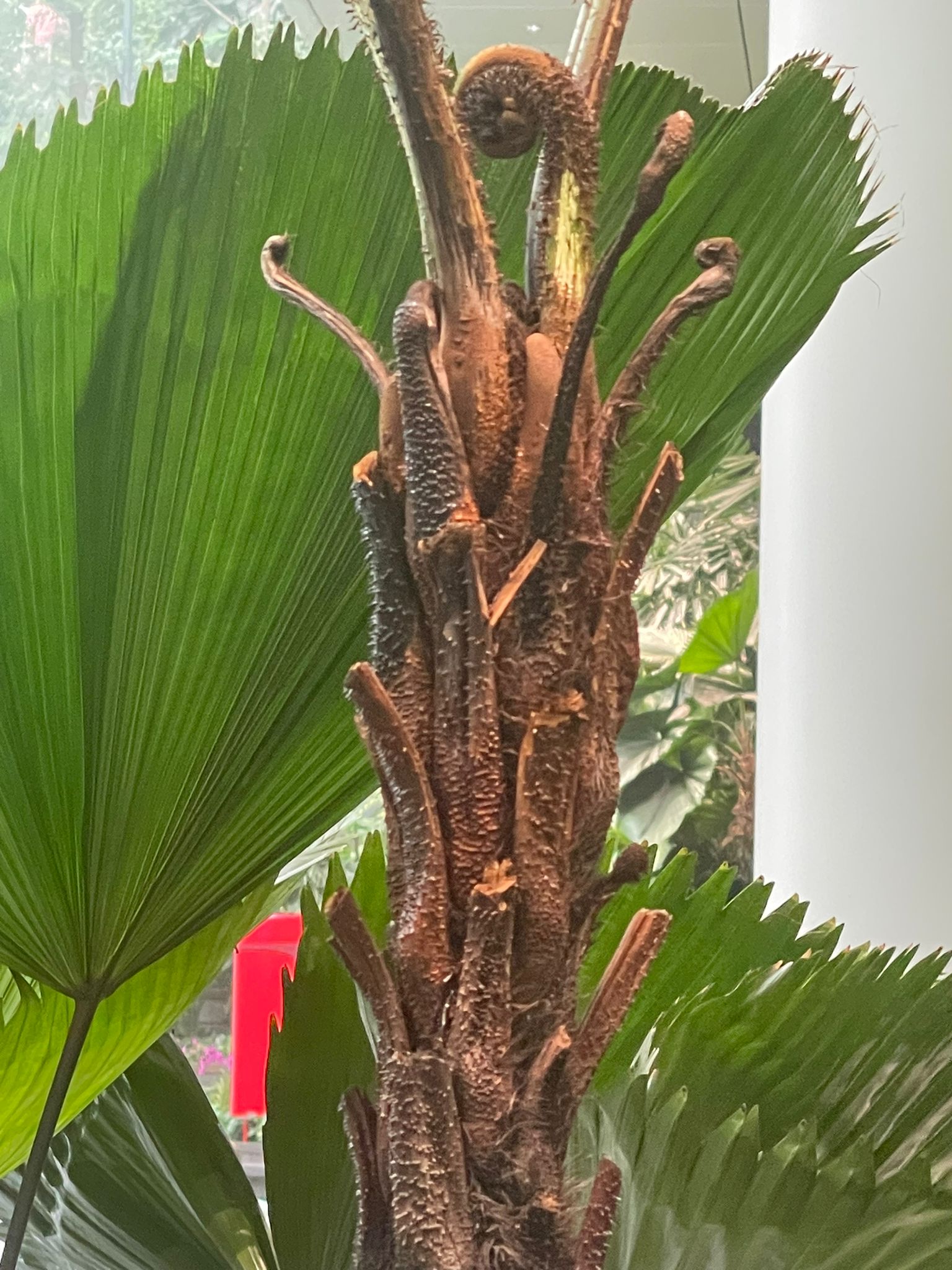
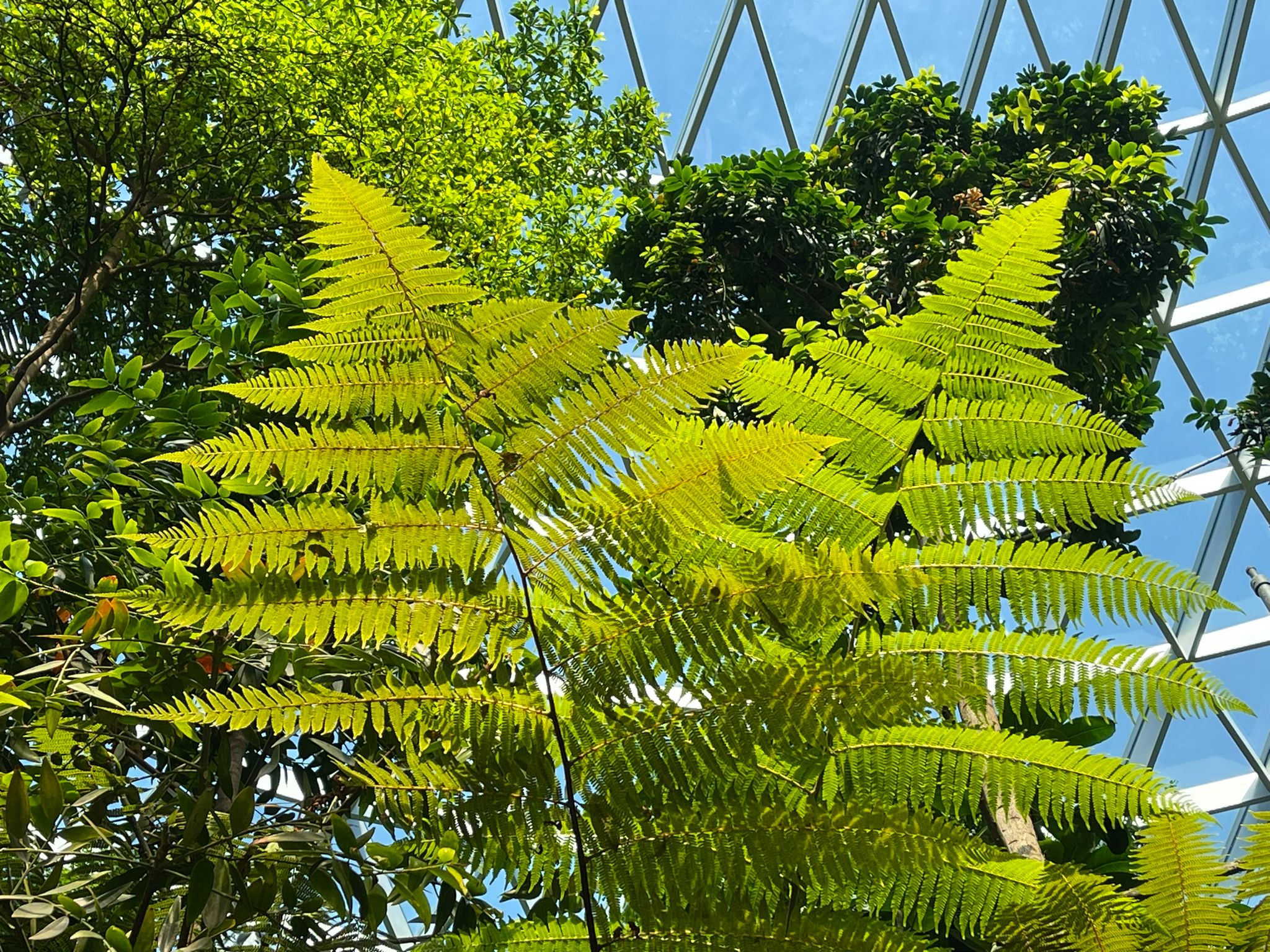
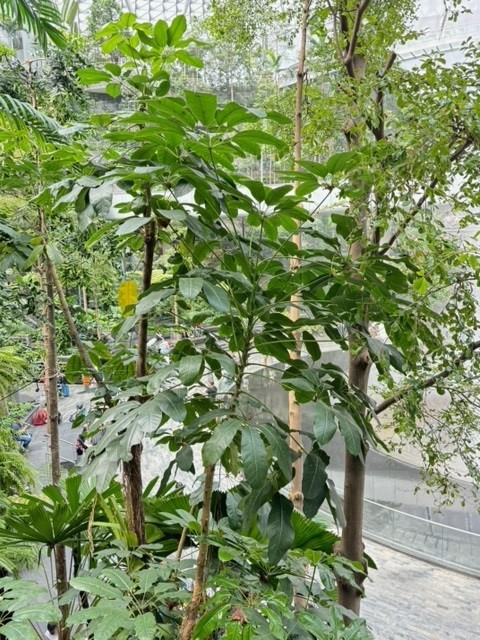
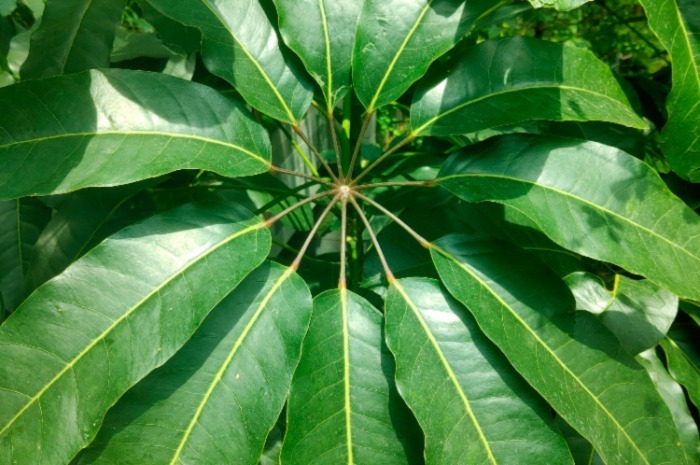
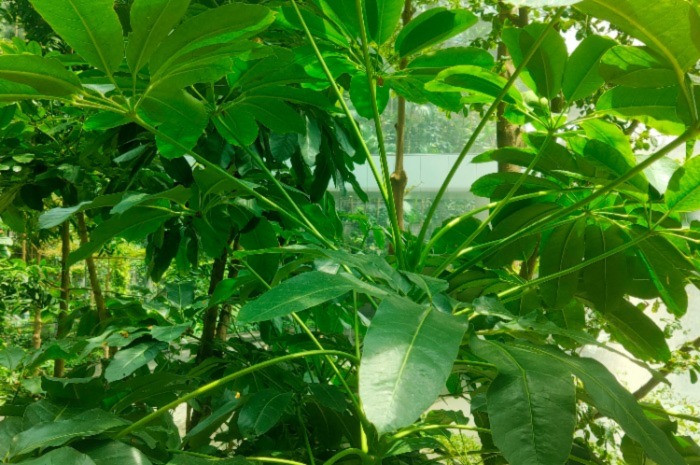
.jpg)
.jpg)
.jpg)
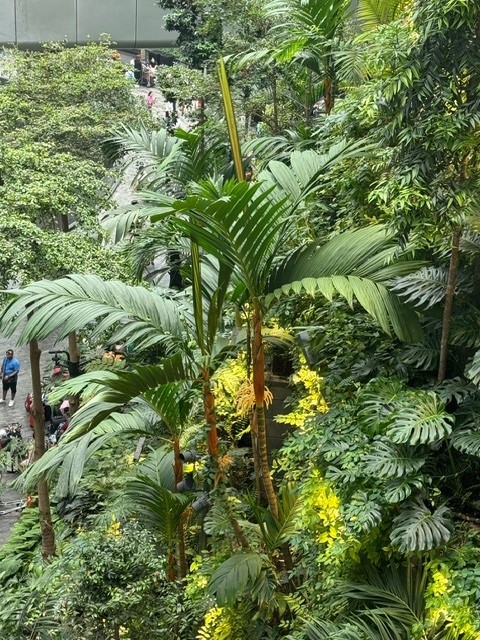
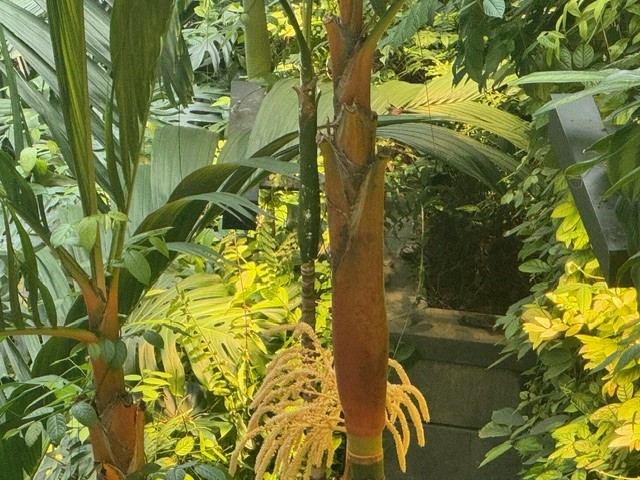
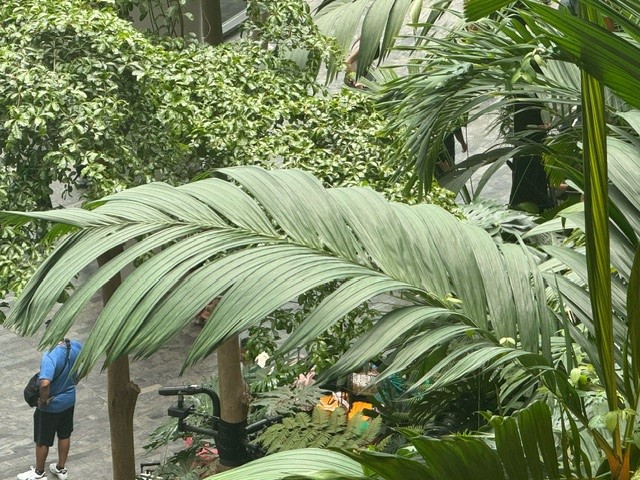
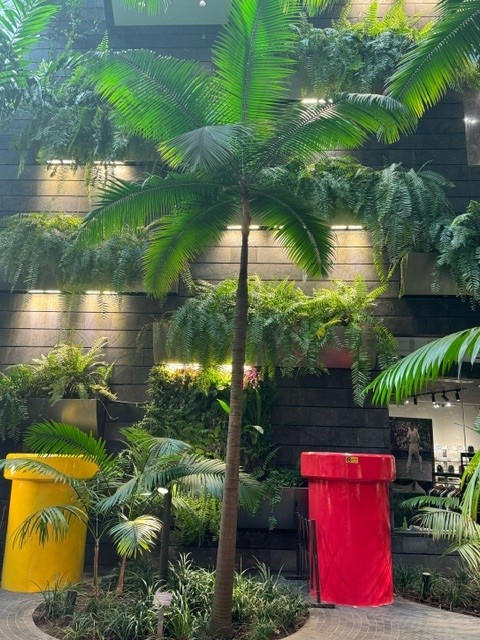
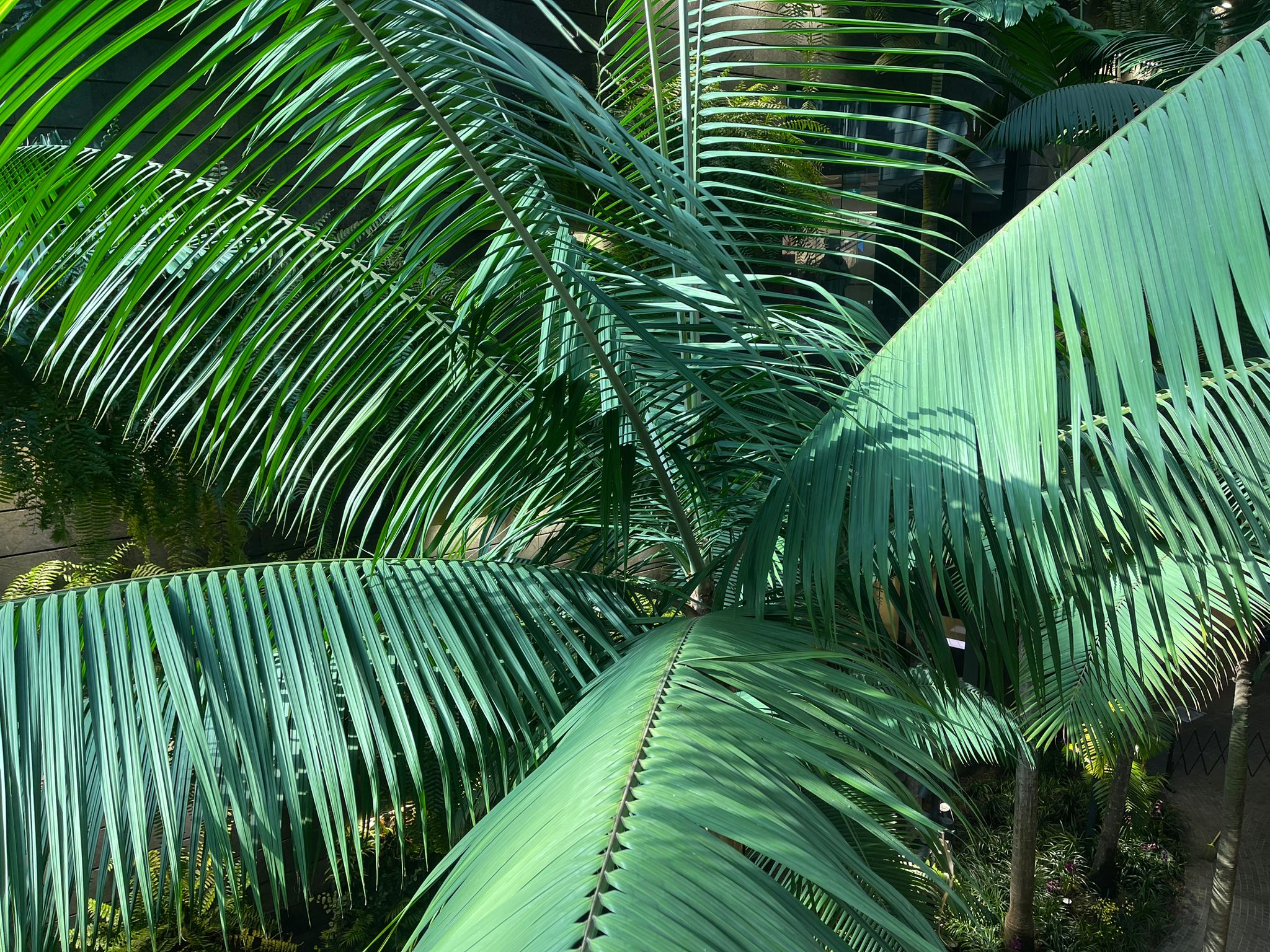
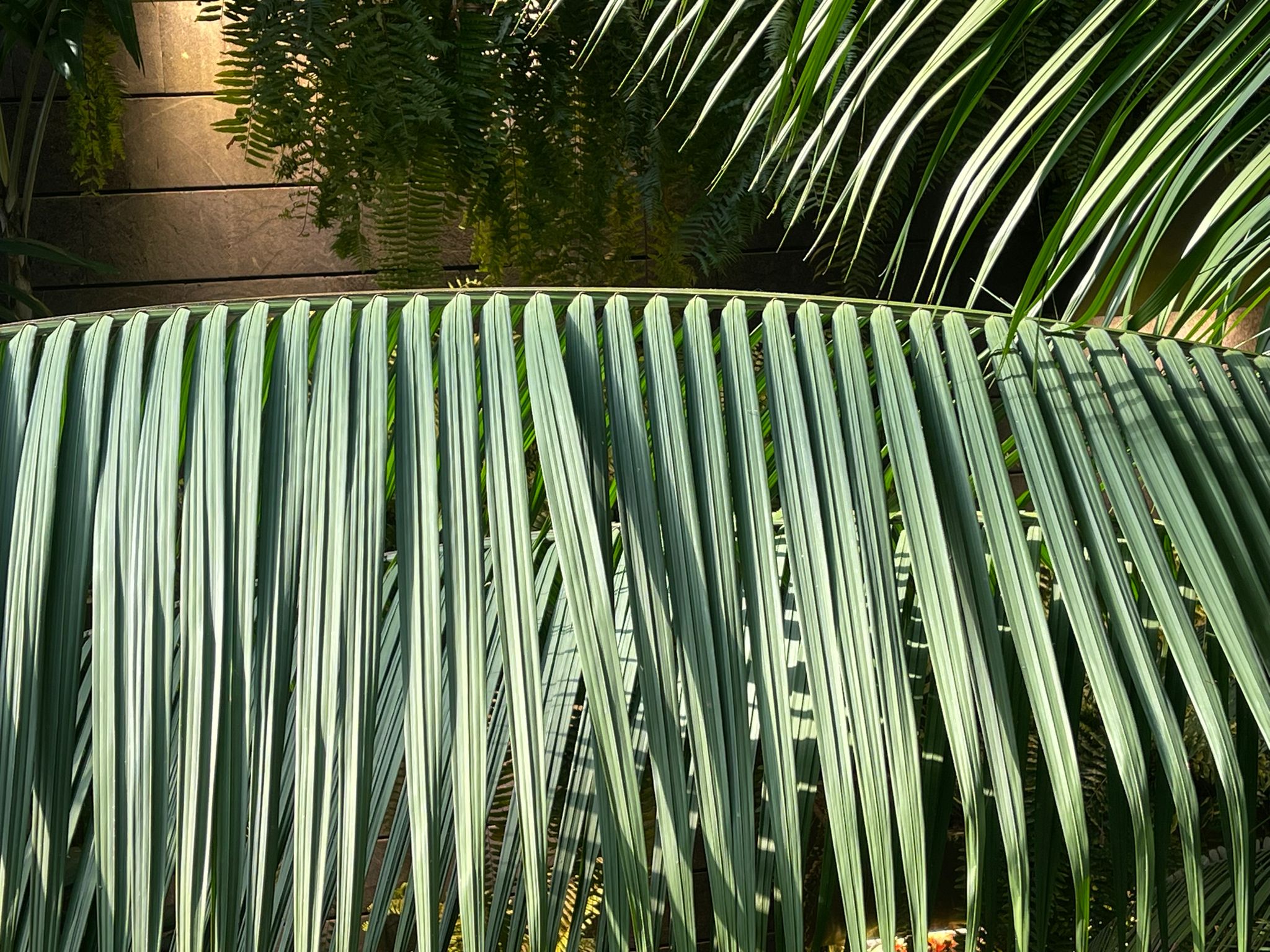
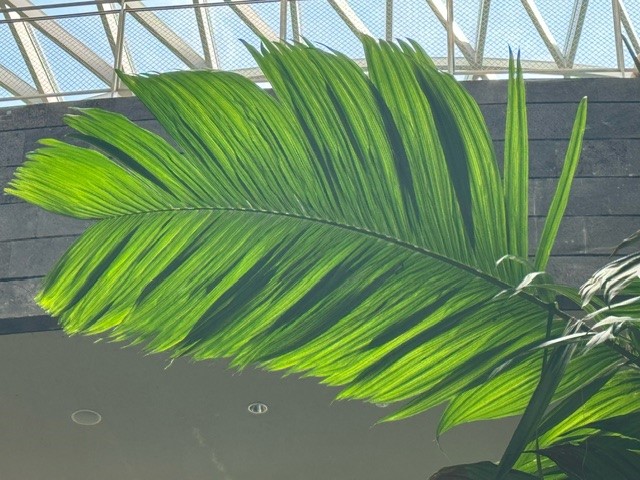
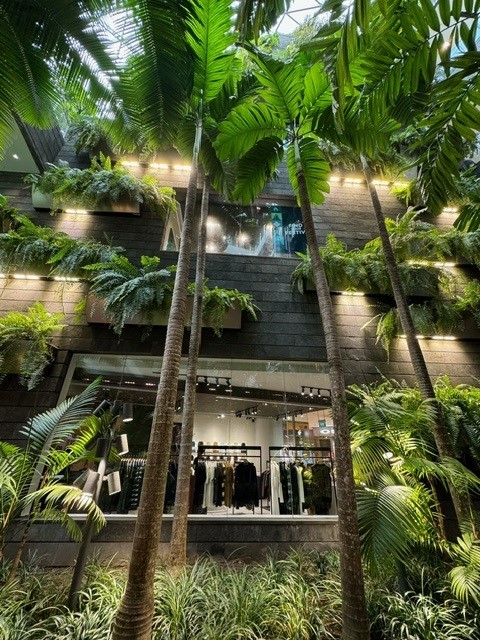
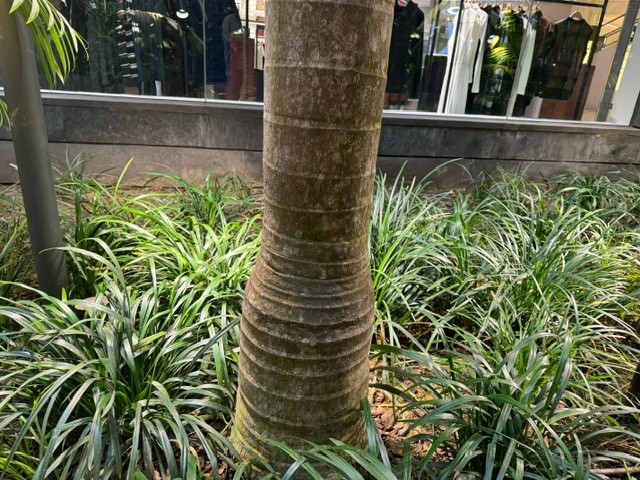
.jpg)
.jpg)
.jpg)


.jpg)
.png)